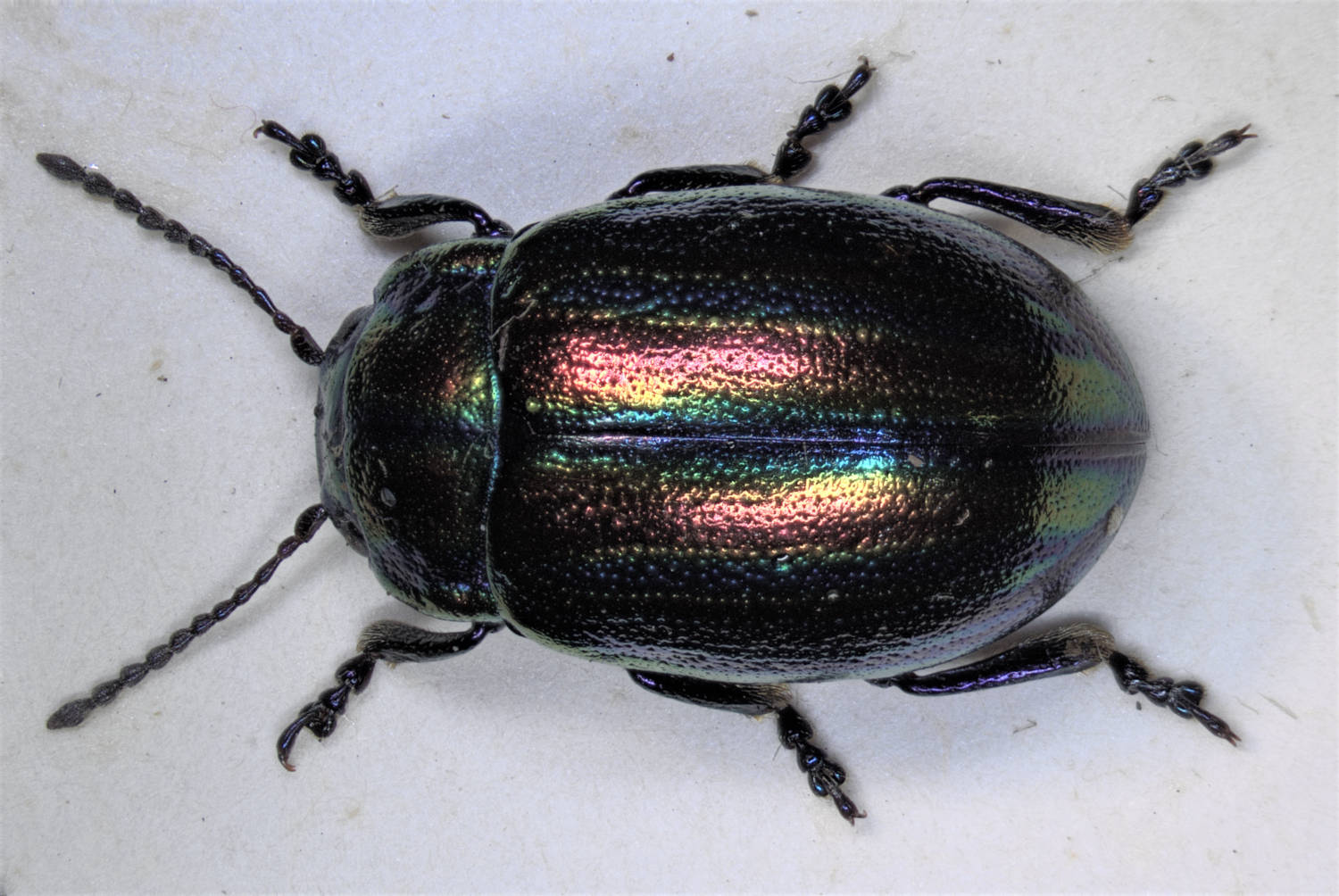
in Italiano / Italian translated by Federica Sebastiano
This object has been translated into 8 different languages by 9 different users
Come avrete notato, questo coleottero ha il guscio di un bellissimo colore arcobaleno.
Di solito è conosciuto come coleottero di Snowdon, dal nome della montagna del Galles, o come coleottero arcobaleno, a causa dei suoi colori.
Le specie di montagna come queste sono particolarmente a rischio a causa dei cambiamenti climatici, poiché salgono in alto sulla montagna per sfuggire al riscaldamento delle temperature, ma a un certo punto non possono salire più in alto. Nel Regno Unito, questa specie di coleottero è classificata come in pericolo d’estinzione.
Qual’è il tuo animale in pericolo d’estinzione preferito?
Notes on the translation:
I struggled to find the appropriate translation for "Snowdon leaf beetle" as it does not have a direct translation in Italian. I ended up writing the scientific name (Chrysomelidae) of the beetle to avoid confusion since the term "leaf beetle" is not used in Italian.
ReportDo you have something you’d like to say, in your own language or English, about the object or translation? We’d like to hear what you think.
Translations are community-sourced and for anyone to participate in, however you use your language. For more information, see Community Guidelines.
10 Jul, 2023
Drawing of tarantula at Manchester Museum, in Ukrainian
9 Jul, 2023
Ladybird in Ukrainian
9 Jul, 2023
Drawing of beetle at Manchester Museum
9 Jul, 2023
Drawing of tarantula at Manchester Museum
9 Jul, 2023
Crane fly at Manchester Museum
9 Jul, 2023
Pictures of beetles at Manchester Museum (Жук)
18 Apr, 2023
What lovely rainbow colours!
31 Mar, 2023
My answer and my thought:
I love Giant Pandas; they mainly live at Sichuan province in China. The giant panda’s diet is primarily herbivorous, consisting almost exclusively of bamboo. However, the climate has changing rapidly in China; it is difficult for giant pandas live in the natural world by themselves, so there is Center called a Chengdu Research Base of Giant Panda in Sichuan in China, that looks after Giant Pandas. Giant Pandas is very lucky, I hope Polar bear and other dangerous animals have the same luck as Giant Pandas has.
31 Mar, 2023
There are some particularly rare species of animals, some of which can be found only in Mediterranean Sea and are in immediate danger of extinction. For example, the Mediterranean seal (Monachus monachus) is endangered as their population decreasing, numbering no more than 700 animals. Most of the Mediterranean seal population lives in Greece,and specifically in Sporades.